FCS AR – THE ARTERIAL SYSTEM
AUD$1,400.00 Original price was: AUD$1,400.00.AUD$1,300.00Current price is: AUD$1,300.00. inc. GST
Earlybird Price available until 3 months prior to course date
Lecturer – Tim Hodges
FCS AR explores the newly discovered entity of arterial-fascial dysfunction. This condition, identified by the presence of specific arterial tender points, is essentially a vasospasm of the large, named arteries of the body. Symptoms examples include : myalgia, achilles tendonitis, epicondylitis, migraines, pseudoradiculopathies, LBP, cervicalgia, adhesive capsulitis, patellafemoral dysfunction, TMD, etc. Treatment of Arterial dysfunction using FCS normalizes elevated vascular tone, and alleviates all associated musculoskeletal symptoms.
Outline:
- Origin of Arterial FCS
- Anatomy and Physiology of the Arterial System
- Review the anatomy and physiology of arterial fascia (tunica adventitia) and its nociceptive and mechanoreceptive properties
- Understand how nocifensive and nociautonomic reflexes lead to the formation of arterial tenderpoints.
- Gain proficiency in over 85 newly developed FCS techniques to correct arterial-fascial dysfunction in all parts of the body
Goals/Objectives:
- Improve your understanding of arterial anatomy and physiology including vascular tunics.
- Learn to recognize the signs and symptoms of arterial dysfunction in the body
- Learn to diagnose and correct arterial dysfunction utilizing newly developed FCS techniques
*IMPORTANT – Please do not register for this course unless you have previously purchased and attended FCSF1 or a previous FCS course as this is a mandatory prerequisite!
Please note – Timothy Hodges will be teaching this course live in Melbourne and streaming it to Adelaide. Trained teaching assistants will be at the Adelaide venue to thoroughly instruct all participants.
Description
FCS AR explores the newly discovered entity of arterial-fascial dysfunction. This condition, identified by the presence of specific arterial tender points, is essentially a vasospasm of the large, named arteries of the body. Symptoms examples include : myalgia, achilles tendonitis, epicondylitis, migraines, pseudoradiculopathies, LBP, cervicalgia, adhesive capsulitis, patellafemoral dysfunction, TMD, etc. Treatment of Arterial dysfunction using FCS normalizes elevated vascular tone, and alleviates all associated musculoskeletal symptoms.
Only logged in customers who have purchased this product may leave a review.



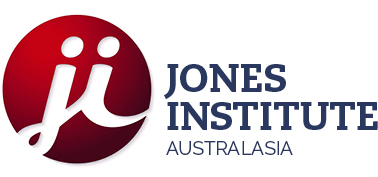

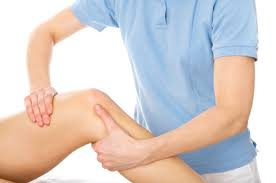
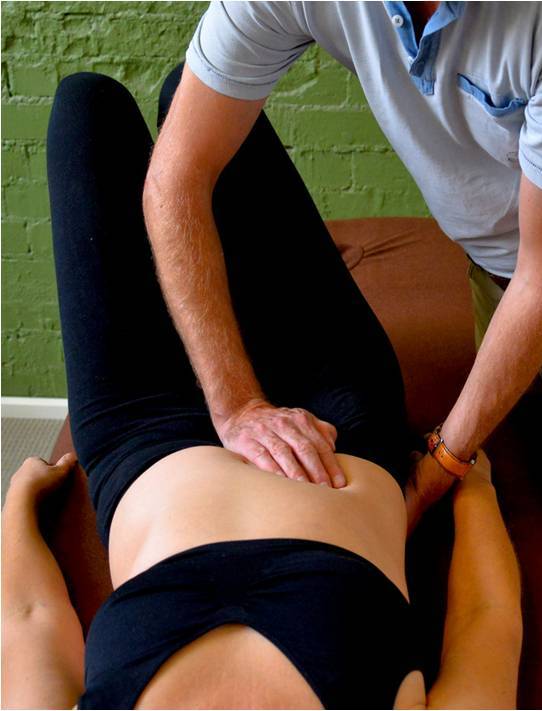
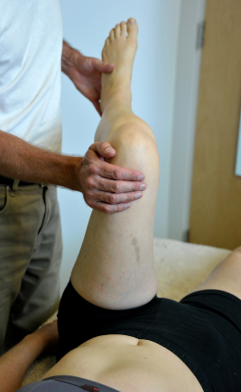
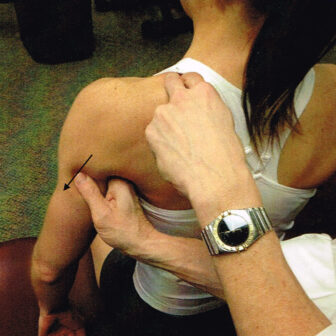
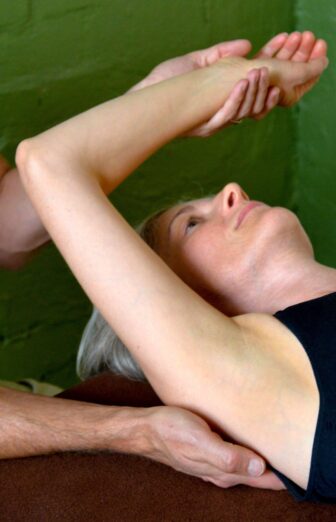
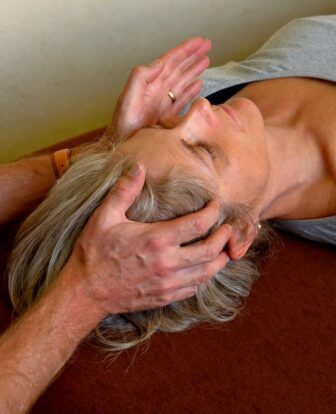



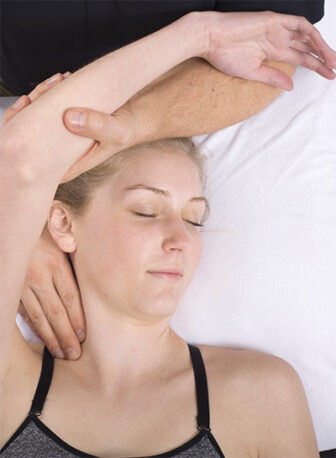
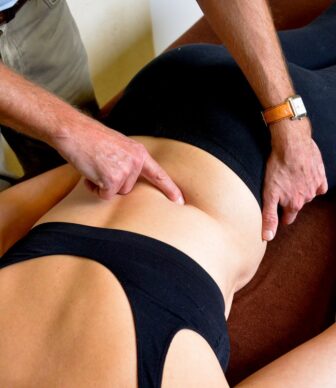
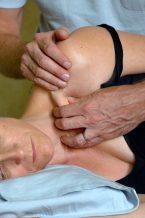





Rachael (verified owner) –
It was fascinating to see such strong responses to treatment in a system that we don’t traditionally consider in manual therapy. It was also such a privilege to attend when Brian was teaching the course. So glad to have come across fascial counterstrain and looking forward to seeing which courses come up next.
Subash (verified owner) –
The course taught by Brian Tuckey and supported by Greg and Syed was brilliant. Never knew we could treat the arterial system to have a massive impact like strength. This will surely add to the repertoire of the counterstrain techniques.
Penelope (verified owner) –
The task of bringing systems together and making the information relevant and applicable highlighting the problems seen in the clinic is monumental. This was admirably achieved and I was glad I did this course again.
Eve (verified owner) –
Overall, I found this workshop to be one of the best I have attended. I was very excited with the immediate physical responses which were quite apparent. I was very fortunate to have attended this workshop and would recommend it to anyone who has the opportunity to do it.
Ang (verified owner) –
great course to address muscle weakness, joint degeneration and organ dysfunction
Chun Kin YUEN (verified owner) –
As a physiotherapist for 20ish years, I have never thought about arteries could be treated manually and mechanically. This course brought me a new insight that we, as manual therapist, can influence our arterial system with our hands. I gave evidence base five stars not because the content of the course gave me all the journals and data to support it, instead, it saw evidence in front of me when Brian was demonstrating his techniques on our classmates. The physiological changes were phenomenal and quick. I personally and professionally consider this is the evidence. I highly recommend this course to other manual therapists.
Adam Poetsch (verified owner) –
This course has been brilliant in providing a key piece of the puzzle to local and regional weaknesses in patient presentation.
The ability to pinpoint particular vascular structures and understand their downstream effects provides benefits that go beyond the traditional musculoskeletal paradigm.